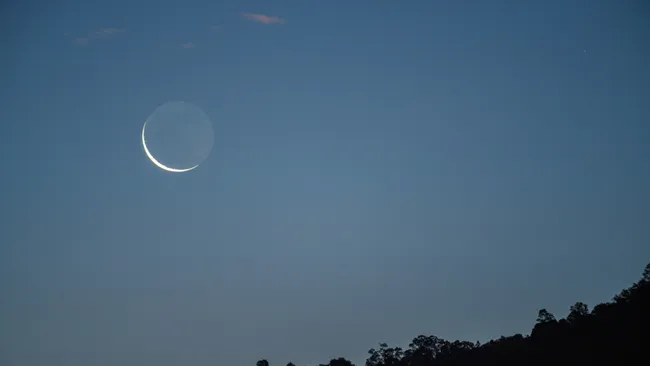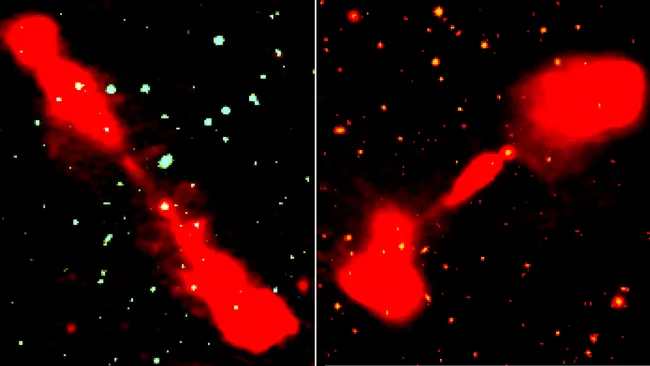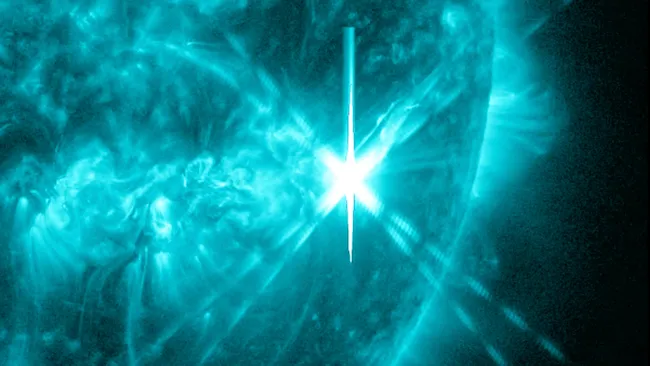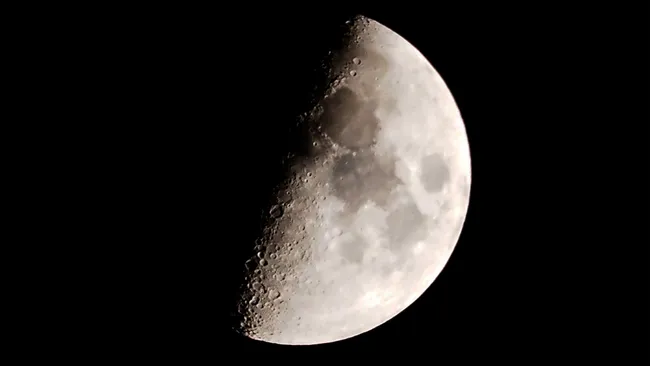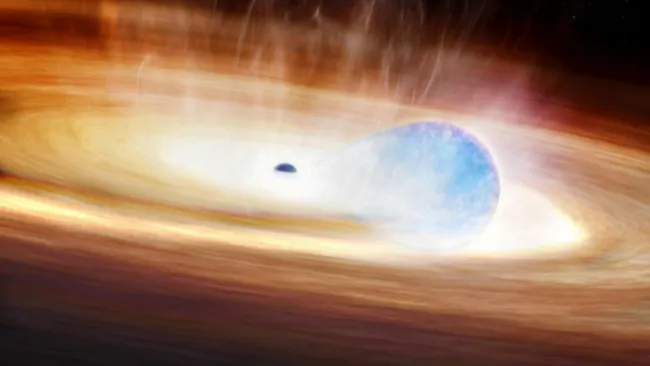Set your alarms for the early hours of July 23, as the cosmos promises a rare treat for sky enthusiasts. Just before dawn, a slender crescent moon will appear near Jupiter, shining in the eastern sky in a dazzling alignment that’s enhanced by a mysterious glow known as Earthshine — a phenomenon where sunlight bounces off Earth and softly lights up the moon’s shadowed side.
To catch this scene, look toward the eastern horizon around 4 a.m. local time. Jupiter will sit about 5 degrees to the moon’s right — roughly the width of three fingers held at arm’s length. Venus will also be visible, positioned to the upper right of Jupiter, forming a temporary triangle with the red supergiant star Betelgeuse, which may briefly appear low on the horizon before fading with the sunrise.
[Trailer] (Insert stargazing visual or simulation footage)
Viewers using a telescope with an aperture of 6 inches or more may even observe Jupiter’s four Galilean moons — Io, Europa, Ganymede, and Callisto — alongside the planet’s massive, striped cloud bands. However, it’s vital to never point a telescope or binoculars near the rising sun, as this can cause permanent eye damage.
The nights flanking the new moon on July 24 bring a bonus: Earthshine will subtly illuminate the moon’s night side. This gentle glow reveals ancient volcanic plains — remnants of lava that flooded massive impact basins billions of years ago — adding eerie beauty to the crescent’s curve.
Astrophiles should also turn their eyes toward the Pleiades star cluster on the same night. Found to the upper right of Venus, this hazy patch of light represents a family of over 1,000 stars about 410 light-years from Earth. From a dark sky location, 10×50 binoculars can help spot the brightest of its blue-white stars. A modest telescope will unveil even more detail.
Whether you’re a seasoned stargazer or just getting started, this is a prime opportunity to reconnect with the wonders of the universe. For equipment recommendations, explore our top picks for telescopes and astronomy apps to elevate your cosmic journey this 2025.

